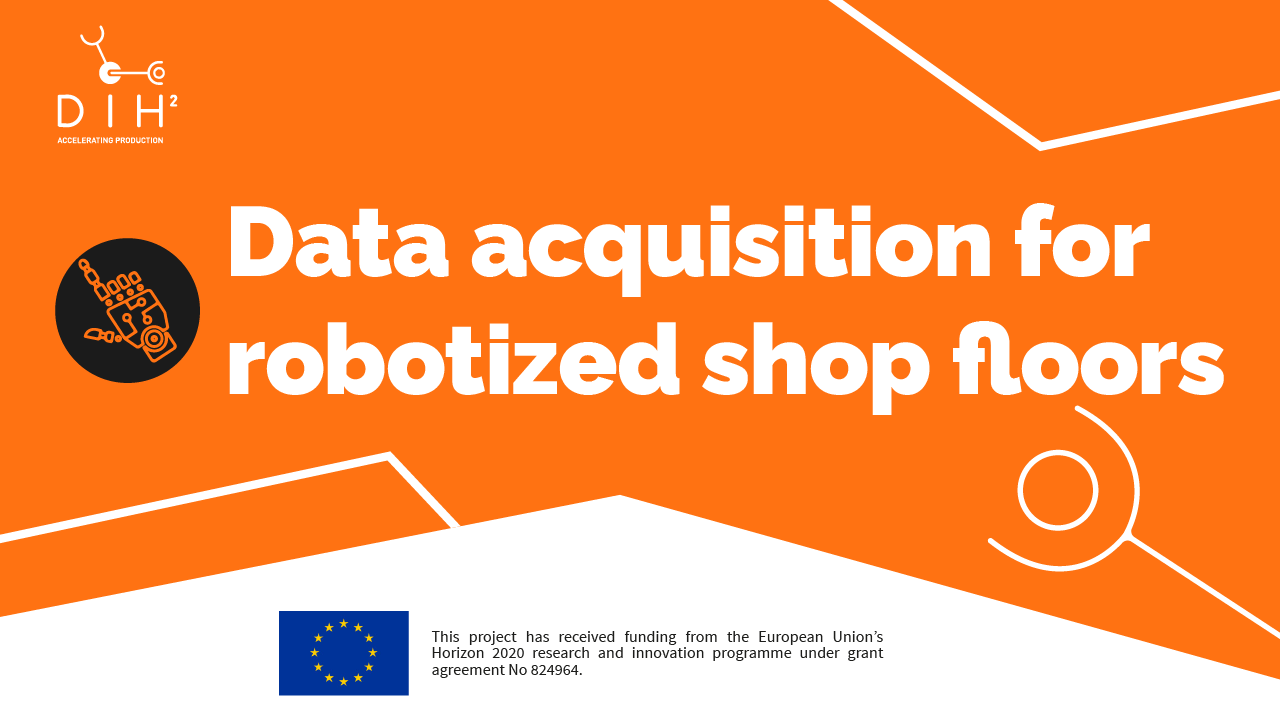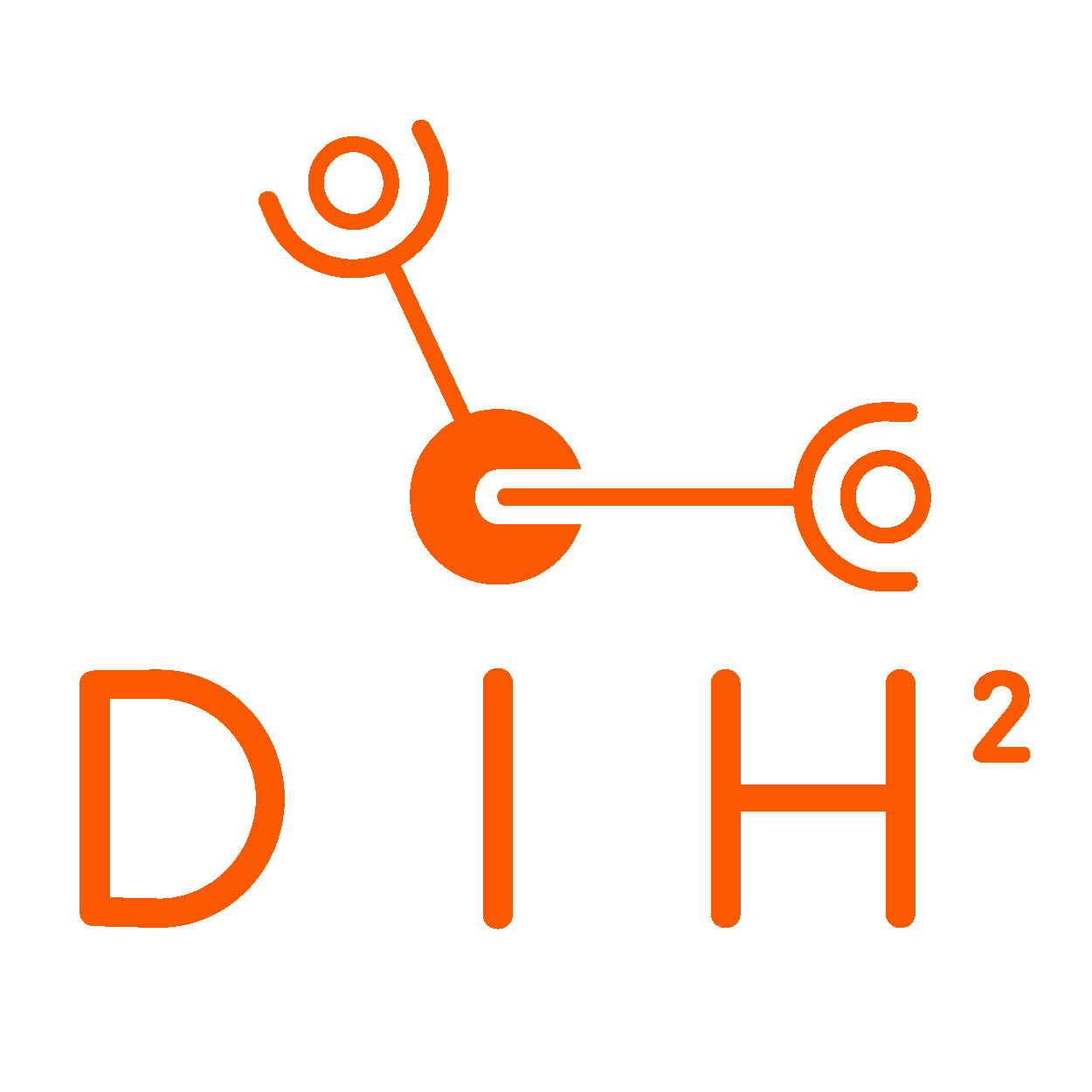Data Acquisition for Robotized Shop Floors
DIH²

About This Course
This course provides an insight into what is possible in regard to data acquisition in the robotized shop floor. It will take you on a journey through (existing, and potentially achievable) data sources in the factory. From the pure analog, through right conditioning and towards digital signals, with explanation on how to integrate multitude of sources into the uniform data processing framework. With all timing and synchronization caveats included. It will show you the most efficient ways of retrofitting old machines with new Industry 4.0 technologies that enable appropriate data acquisition without unnecessary replacements. It unveils information on “what’s important” when talking about the systems integration within the company, with most extent put onto the digital interfaces of production equipment and how to integrate these to avoid vendor lock-in. It finally shows the benefits of appropriate data utilization and storage as well as drawbacks and long-term effects of not using the data appropriately or not utilizing it at all.
Course starts with the introduction to the concept of data and its importance in the Industry 4.0. Too much focus on new systems underestimating the importance of right and correct data may lead to multiple failures, therefore concept requires much attention. Introduction does also unveil some of the possible data sources present on the shop floor, even though they may not always be straightforward. With these in mind, computerized data acquisition systems are explained in terms on how they operate. Different kinds of measurement signals are briefly analyzed as well as the requirements to measure them with right tools (transducers).
Then, all computerized versions of DAQ systems are characterized in terms of their placement in the layers of company’s IT infrastructure as well as sweet-spot usage scenario. Data returned by these and potential ways of communication are also described.
Knowing the communication options, attention of participant will also be brought to the topic of synchronization. Analog and digital signals measured in multiple systems may or may not be synchronized, therefore all “what” and “why”’s in this case are thoroughly analyzed and explained to participant, with special focus on when do we actually need synchronization.
Participant prepared from the point of view of data acquisition and preparation will then go through the processing part, to fully understand why the processing algorithms are important and how well can they aid manufacturing business when used appropriately. We will also analyze which devices and layers should be responsible for certain processing tasks, addressing data ranges specifically.
Finally, after the thorough introduction regarding the DAQ systems and their application, the participant will learn how should it be done in the real scenario. Typical manufacturing shop floor will be explained along with its inherent data sources, and then analyzed from the point of view of data acquisition, synchronization and maximization. The main aim of such operation is to show what the benefits would the right data acquisition and processing bring.
Additional information on how to further feed the data to IT systems will also be provided to complete the data value chain started at the very bottom when explained sensors and transducers.
Goals
-

Know the importance of data and its principal role in the whole Industry 4.0 hardware and software architectures

Understand the concepts of data acquisition, synchronization and integration techniques with their inherent advantages and limitations

Understand the importance of correct data acquisition and preparation for all the Industry 4.0 software systems that may be used afterwards

Distinguish different data sources available in the production floor and assess their importance to the overall operation efficiency

Understand the phenomenon of retrofitting and why is it one of the most important Industry 4.0 concepts in regard to data acquisition and overall shop floor knowledge source
Course staff
-
<>
-
Przemysław Kowalski, MBA, M.Sc. BME
/I. Overview/ DIH Executive Director and Industry 4.0 Trainer, with deep and proven knowledge in industrial automation and transformation. Entrepreneur and Project Manager introducing new technologies to sports, industry and military. ADMA advisor and auditor. Speaker and podcaster. LinkedIn:https://www.linkedin.com/in/przemyslawkowalski/
Frequently Asked Questions
What web browser should I use?
The Open edX platform works best with current versions of Chrome, Edge, Firefox, Internet Explorer, or Safari.
See our list of supported browsers for the most up-to-date information.

